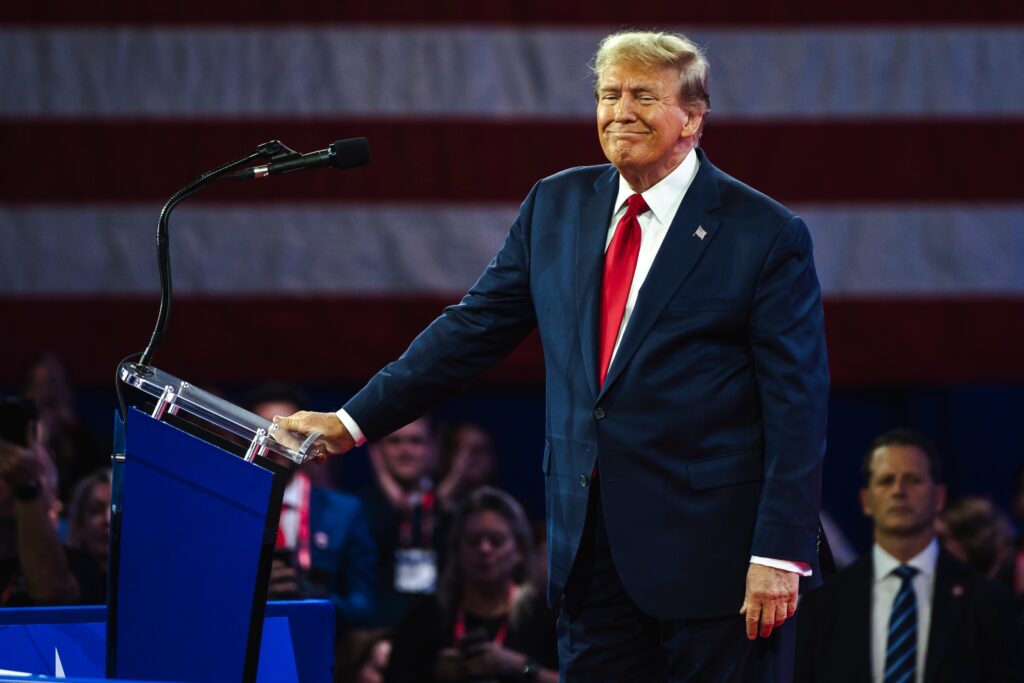Former President Donald Trump has announced a 25% tariff on steel and aluminum imports, a move that will significantly affect Canada, the main supplier of these metals to the U.S. This decision expands previous trade restrictions and has sparked concerns among industries that rely on imports, as well as Canadian officials. Trump argues that the tariffs will strengthen U.S. production and has made it clear that exemptions are unlikely.
Immediate Effects and Reactions
The tariffs, set to take effect on March 12, have triggered immediate criticism. Canadian leaders, including Innovation Minister François-Philippe Champagne, called the decision “unjustified” and warned that it could harm key U.S. industries such as defense and energy. Canada supplies over 50% of the aluminum used in the U.S., meaning these new tariffs could cause supply disruptions and price increases.
In response, Canadian steel industry groups are urging their government to take retaliatory action. Officials are also exploring strategies to diversify trade and reduce dependency on the U.S.
Meanwhile, American steel producers are benefiting from the move. Stock prices of U.S. steel companies surged, with Cleveland-Cliffs seeing a 20% jump. However, some experts remain cautious. Jane Foley, an analyst at Rabobank, noted that Trump’s previous tariff announcements have sometimes resulted in delays or exemptions, leaving uncertainty about the long-term effects of this decision.
A Repeat of 2018?
Trump’s latest tariffs closely resemble those he imposed in 2018. At that time, similar duties were placed on steel and aluminum, but after intense negotiations, certain exemptions were granted to Canada, Mexico, and the European Union.
Douglas Irwin, an economist at Dartmouth College, described this as a “replay of 2018,” suggesting that Trump may be using the tariffs as a bargaining tool rather than a strict protectionist measure. Stephen Moore, a former economic advisor to Trump’s 2016 campaign, agreed, noting that such moves often serve to gain leverage in trade discussions rather than to impose permanent restrictions.
Industry Concerns Over Rising Costs
U.S. industries that rely on imported steel and aluminum are concerned about higher production costs. Construction companies, automakers, and beverage manufacturers—especially those producing canned goods—fear that increased prices will be passed on to consumers. The tariffs could also affect smaller manufacturers that depend on competitively priced raw materials.
Supporters of the tariffs argue that they are necessary to protect American jobs and prevent foreign companies from undercutting U.S. steelmakers. The Trump administration claims the tariffs will also help stop other countries, such as China and Russia, from bypassing trade rules by shipping metal through third-party nations before exporting it to the U.S.
Enforcement and Future Implications
Under the new trade policy, steel and aluminum imports must now be processed in North America to qualify for exemption. Nick Iacovella, a spokesperson for the Coalition for a Prosperous America, supports the measure, arguing that it will prevent foreign steel from entering the market disguised as North American goods. He also pointed out concerns about Mexican steel imports and Canada’s trade surplus with the U.S.
Despite the initial market reaction, some analysts believe the enforcement of the tariffs could be more flexible over time. However, Trump remains firm in his stance that these tariffs will protect U.S. jobs and promote economic growth.
U.S.-Canada Relations at a Crossroads
These new tariffs could place further strain on U.S.-Canada relations, which have already faced trade tensions in recent years. Canadian officials are now weighing their options, including potential retaliatory tariffs on U.S. goods.
As trade negotiations evolve, it remains to be seen whether Trump’s move will lead to long-term benefits for the U.S. steel industry or trigger a broader trade conflict with key allies. The impact on supply chains, production costs, and cross-border relations will be closely monitored in the coming months.
For the latest updates on U.S. trade policies, visit the New York Mirror.


